Categorias
- iridologia (226)
- Leitura dos olhos (24)
- Software QR (15)
- Blogue (289)
- Ilustração da iridologia (35)
- curso online de iridologia (54)
- iridologia (59)
- Exposição (2)
- Notícias (414)
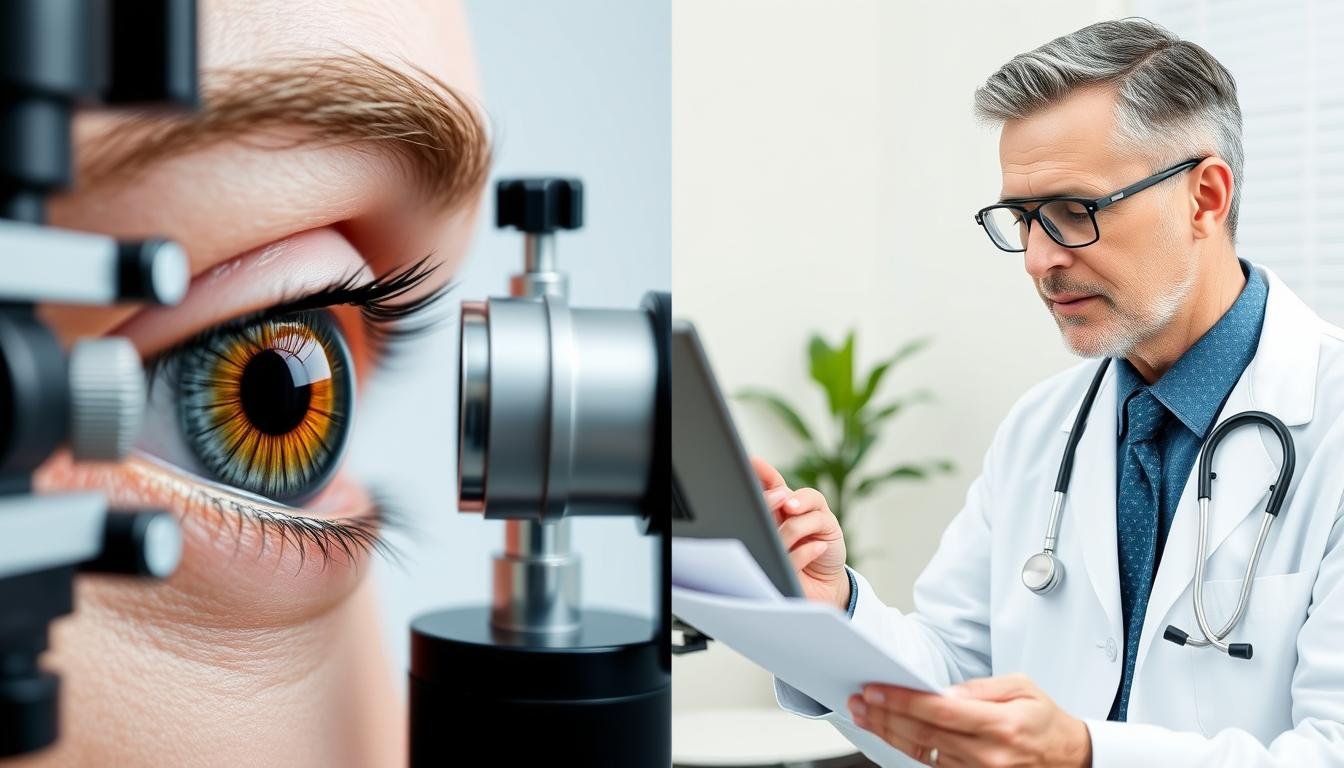
Eye reading, also known as iridology, is an alternative health practice that examines patterns, colors, and other characteristics of the iris to evaluate a person’s overall health. Practitioners believe that the iris contains a detailed map of the body, with different zones corresponding to specific organs and systems.
Iridologists claim that changes in iris patterns can reflect changes in the health of corresponding body tissues. The practice is based on the theory that the iris connects to every organ and tissue via the nervous system and displays changes in these tissues through alterations in iris fibers.
During an eye reading session, a practitioner typically:

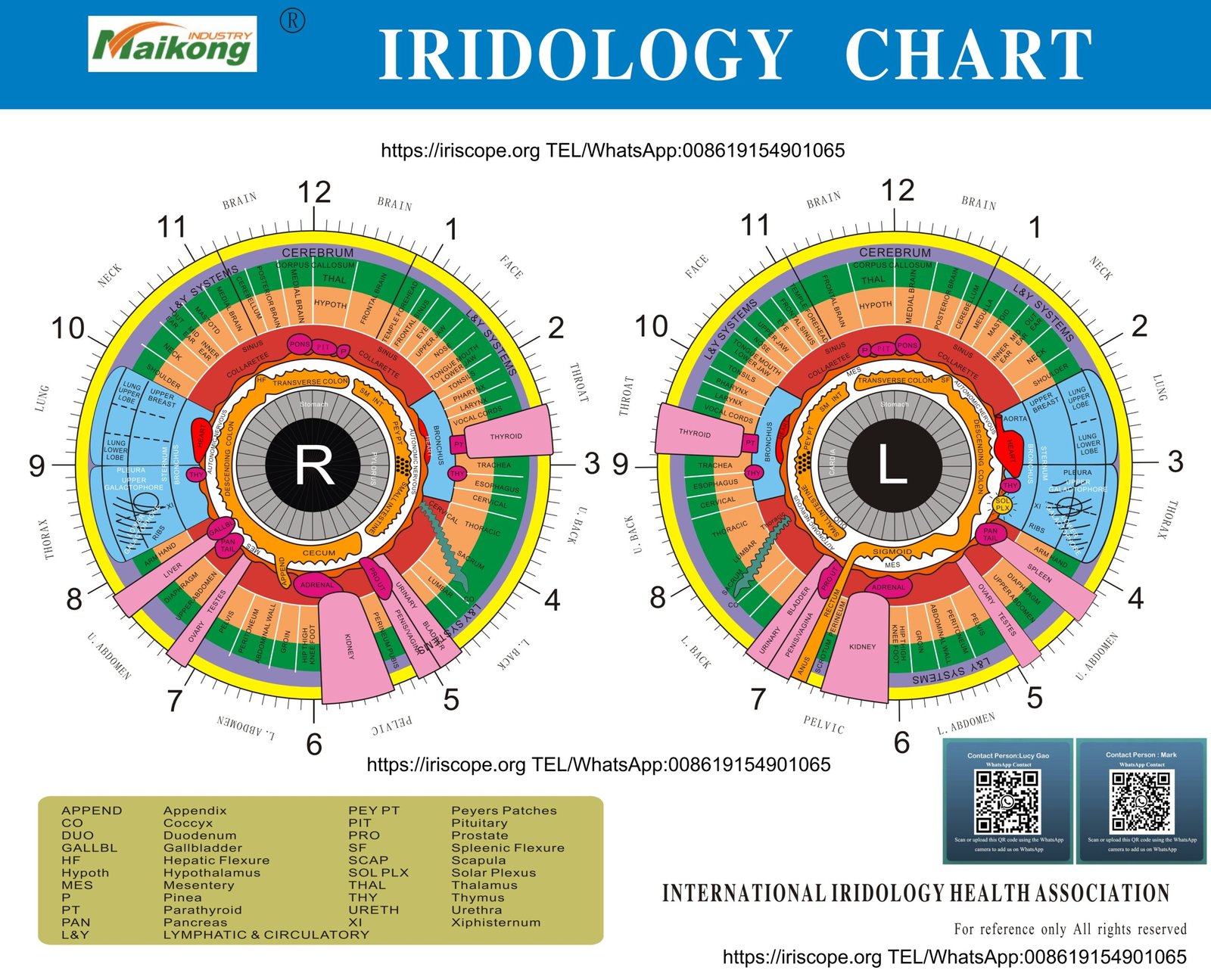

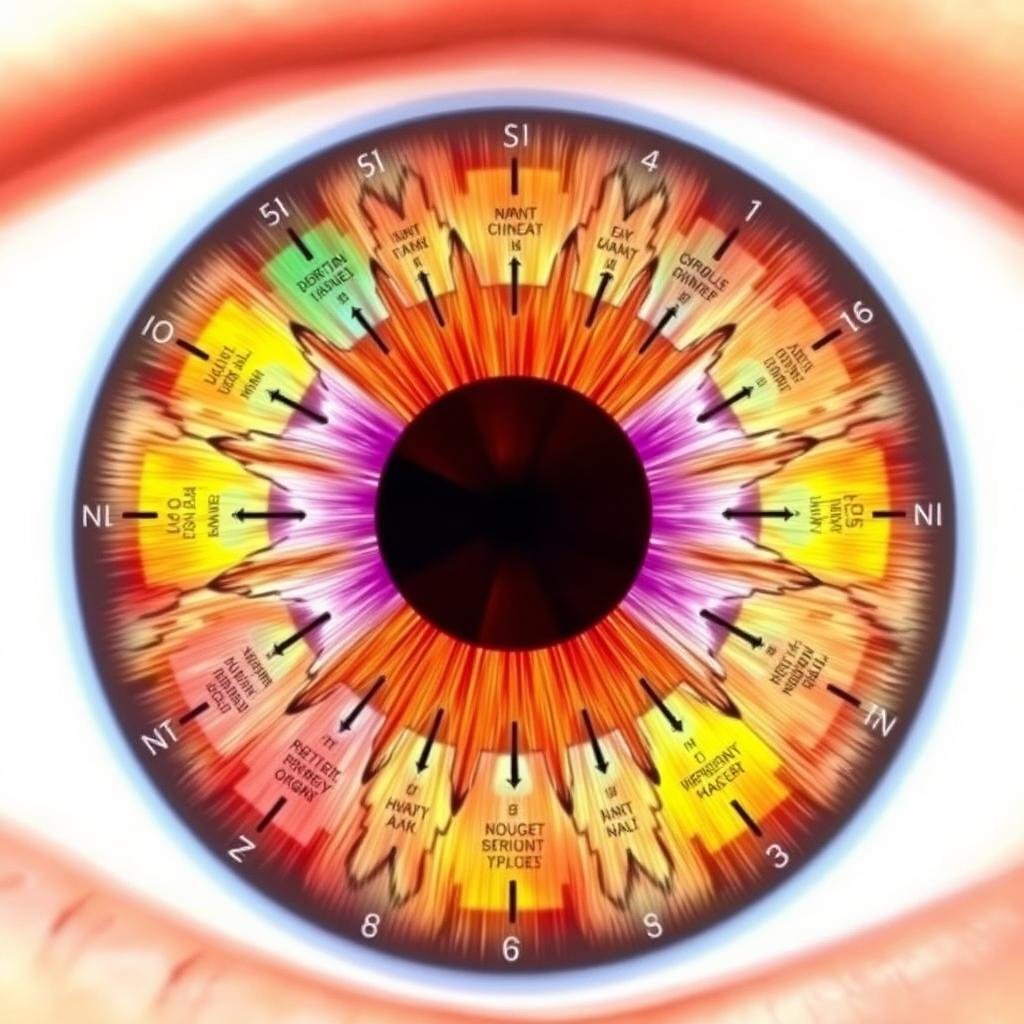
Iridology has roots dating back to the 17th century but was formalized in the late 19th century by Hungarian physician Ignatz von Peczely. The practice gained popularity in Europe before spreading to other parts of the world as an alternative diagnostic method.
Traditional health checkups are systematic examinations performed by licensed healthcare professionals to assess a person’s overall health status. These examinations follow evidence-based protocols developed through scientific research and clinical practice.
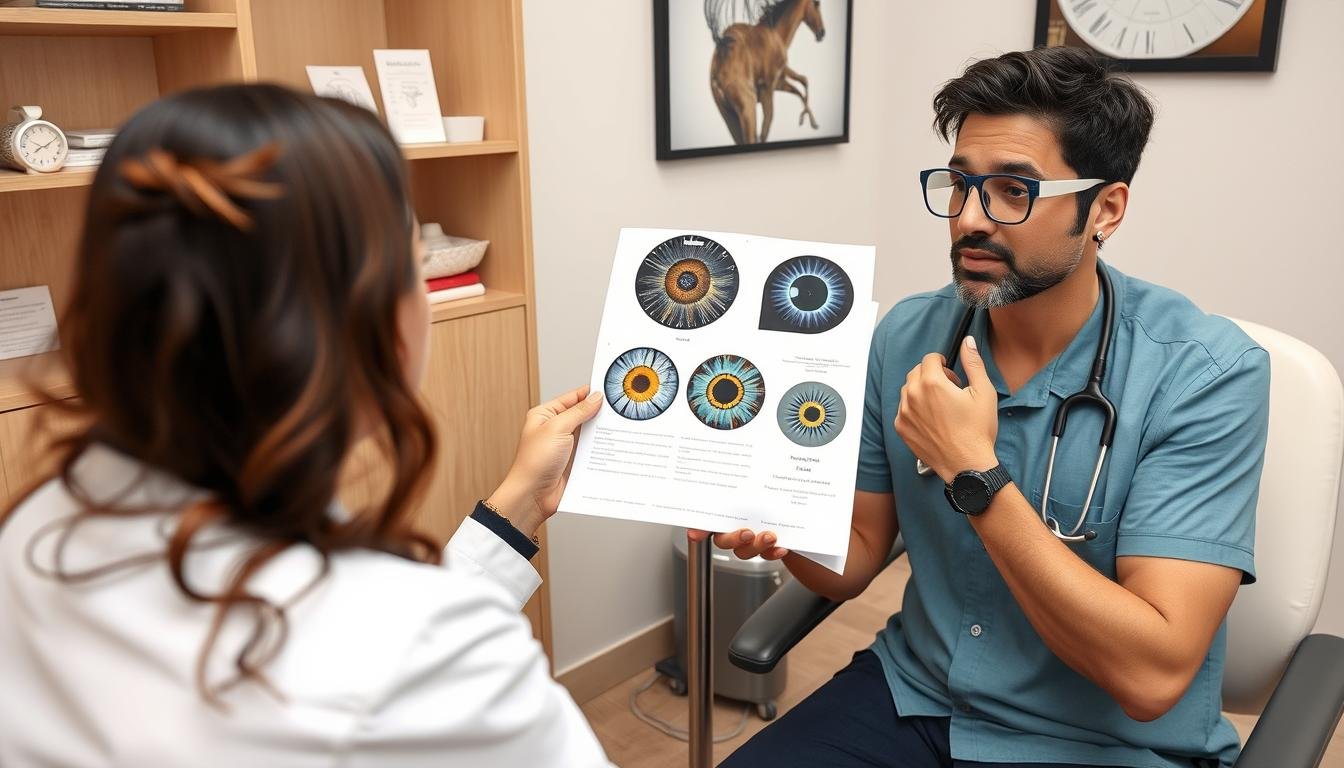
A standard medical checkup typically includes:
Within traditional healthcare, comprehensive eye exams serve as both vision assessments and important health screenings. Unlike basic vision screenings that only test visual acuity, comprehensive eye exams can detect early signs of various health conditions.
Comprehensive eye exams can detect early signs of diabetes, hypertension, and other serious conditions before other symptoms appear.
The scientific community has extensively studied iridology, with most research showing limited evidence supporting its diagnostic claims:
However, proponents argue that iridology should be viewed as a complementary assessment tool rather than a diagnostic method, potentially identifying areas of weakness before clinical symptoms develop.
Traditional medical examinations are grounded in:
Medical diagnostics continuously evolve based on new research, with methods being regularly updated to reflect the latest scientific understanding.
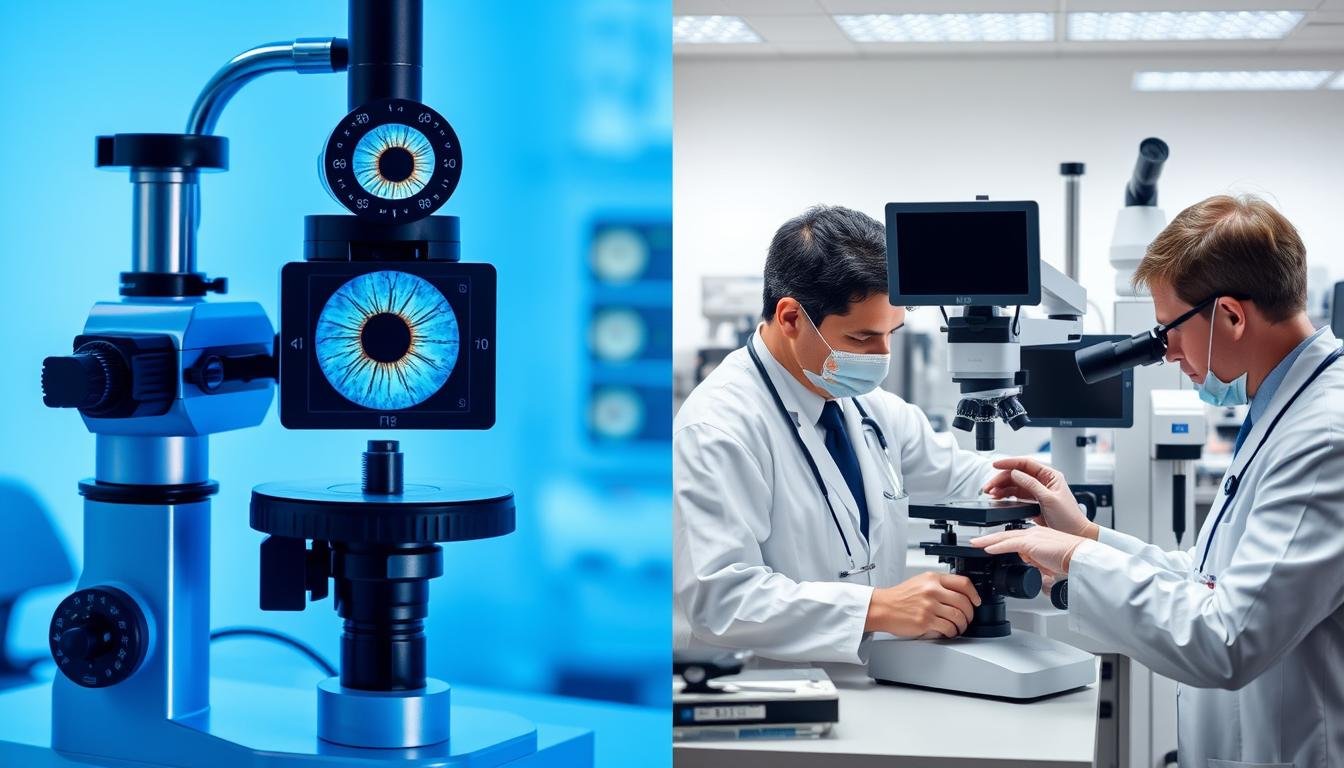
| Aspecto | Eye Reading (Iridology) | Traditional Health Checkups |
| Validação científica | Limited scientific evidence; not widely accepted by medical community | Extensive scientific research; evidence-based protocols |
| Diagnostic Accuracy | Inconsistent results in controlled studies | Established sensitivity and specificity for most tests |
| Cost | $50-200 per session; typically not covered by insurance | Variable; often partially or fully covered by insurance |
| Accessibility | Limited practitioners; mostly in alternative health settings | Widely available through healthcare systems |
| Invasiveness | Non-invasive; involves only eye photography | Varies from non-invasive to minimally invasive (blood draws) |
| Tempo necessário | Typically 30-60 minutes per session | Varies from 30 minutes to several hours depending on tests |
| Melhor usado para | Complementary assessment; general wellness guidance | Disease diagnosis; preventive screening; health monitoring |
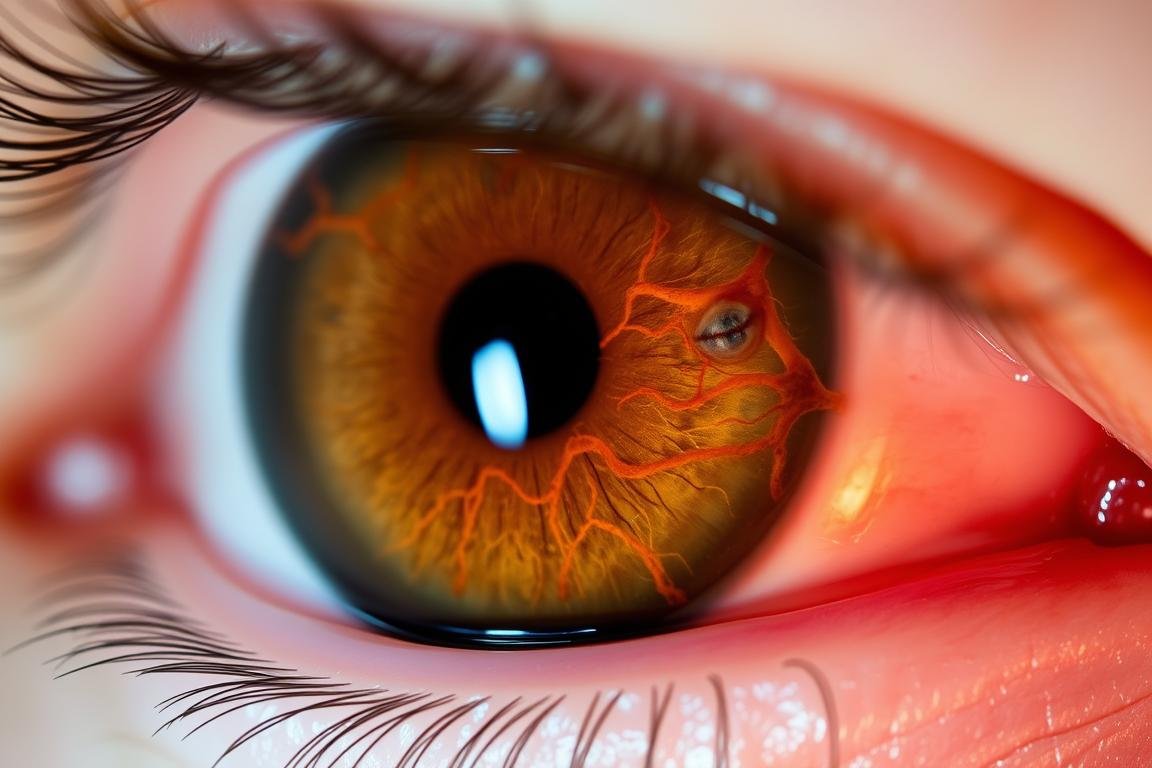
During a routine comprehensive eye exam, Dr. Martinez detected early signs of diabetic retinopathy in a 45-year-old patient who was unaware of having diabetes. The retinal examination revealed microaneurysms and small hemorrhages characteristic of early diabetic eye disease.
Follow-up blood tests confirmed elevated blood glucose levels, leading to an early diabetes diagnosis. The patient began treatment before experiencing other symptoms, potentially preventing serious complications.
Key Finding: Comprehensive eye exams can detect diabetes 4-7 years before traditional symptoms appear in some cases.
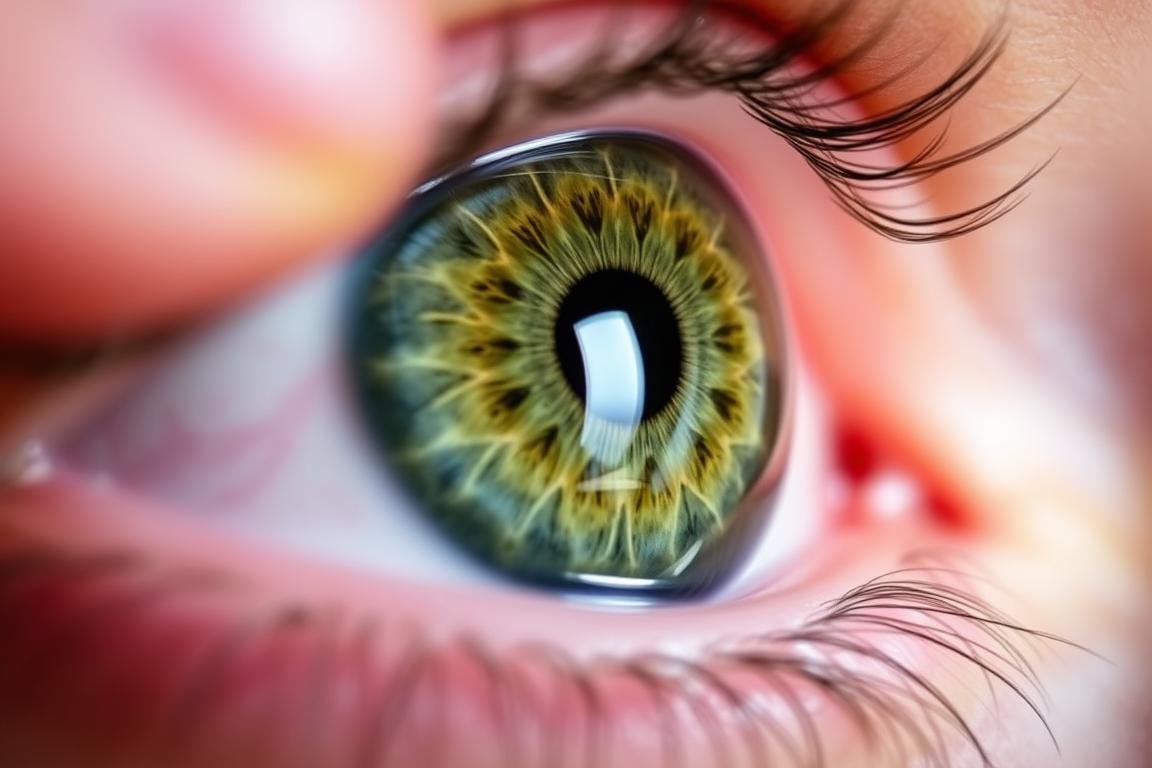
An iridologist noted specific markings in the iris of a 52-year-old client that, according to iridology charts, suggested cardiovascular stress. The practitioner recommended the client seek medical evaluation despite having no symptoms.
The client followed up with their physician, who discovered moderately elevated blood pressure that required lifestyle modifications and monitoring. While the iridology assessment couldn’t diagnose hypertension specifically, it prompted medical attention.
Key Finding: While not diagnostic, eye reading sometimes leads individuals to seek conventional medical care they might otherwise delay.
“While comprehensive eye exams have proven diagnostic value for conditions like diabetes and hypertension, iridology’s role remains complementary at best. The eyes certainly can reveal health information, but through established medical pathways rather than alternative mapping systems.”
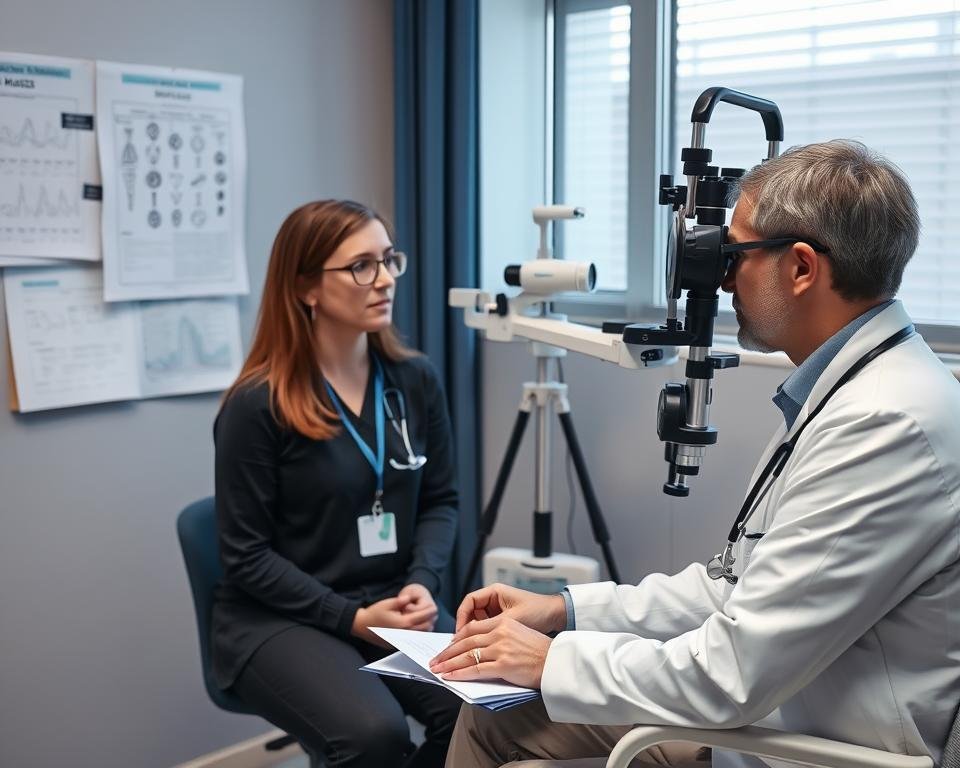
“The most effective approach to health monitoring combines evidence-based medical care with attention to overall wellness. While traditional checkups provide crucial diagnostic information, being attentive to subtle body changes—whether identified through alternative assessments or self-awareness—can encourage proactive health management.”
— Dr. Michael Roberts, Integrative Medicine Specialist
Speak with a healthcare professional who can help you understand the benefits and limitations of different health assessment methods.
Within traditional healthcare, comprehensive eye exams deserve special attention as they bridge both vision care and general health screening. Unlike basic vision screenings that only test visual acuity, comprehensive eye exams can detect early signs of various health conditions.
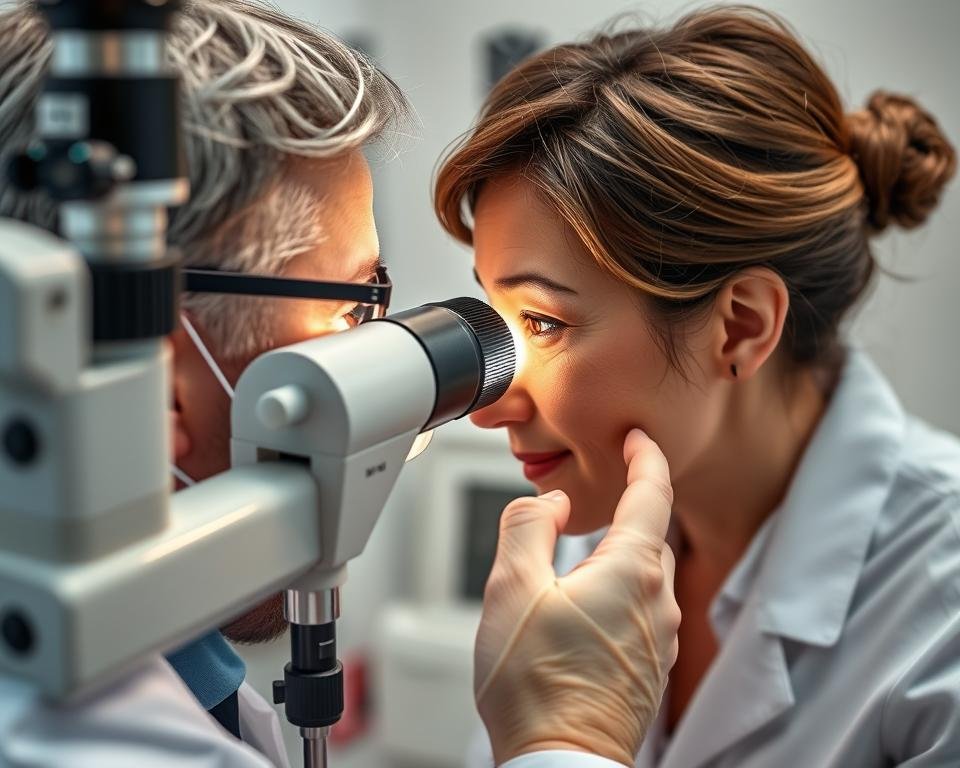
Adults aged 18-39: Every 2 years for those without risk factors; annually for those with risk factors
Adults aged 40-64: Every 2 years for those without risk factors; annually for those with risk factors
Adults 65 and older: Annually regardless of risk factors
Risk factors include: Family history of eye disease, diabetes, high blood pressure, previous eye injuries or surgery, or taking medications with ocular side effects.
Consider using traditional medical checkups as your primary health monitoring method while exploring complementary approaches like eye reading as supplementary information. Always discuss alternative assessments with your primary healthcare provider to ensure coordinated care.
Ask about their training and certification, experience with your specific health concerns, how they integrate findings with conventional medicine, and what limitations they recognize in their practice. Reputable practitioners will acknowledge the complementary nature of iridology rather than positioning it as a replacement for medical care.
A thorough checkup should include a detailed medical history review, comprehensive physical examination, age and risk-appropriate laboratory tests, and time to discuss your health concerns. Ask your healthcare provider about recommended screenings for your age, gender, and risk factors to ensure nothing important is overlooked.

When comparing eye reading vs traditional health checkups, the evidence strongly favors conventional medical examinations for accurate diagnosis and health monitoring. However, this doesn’t mean alternative approaches like iridology have no place in a holistic health journey.
The most balanced approach recognizes that:
Ultimately, your health deserves the most reliable information available. By understanding the strengths and limitations of different assessment methods, you can make informed decisions that support your well-being through both conventional and complementary approaches.
Regular comprehensive eye exams are an essential part of both eye care and overall health monitoring. Find a qualified eye care professional near you.
Encontre um especialista em cuidados com os olhos perto de você

SOFTWARE DE IRIDOLOGIA MAIKONG Instalação e operação
